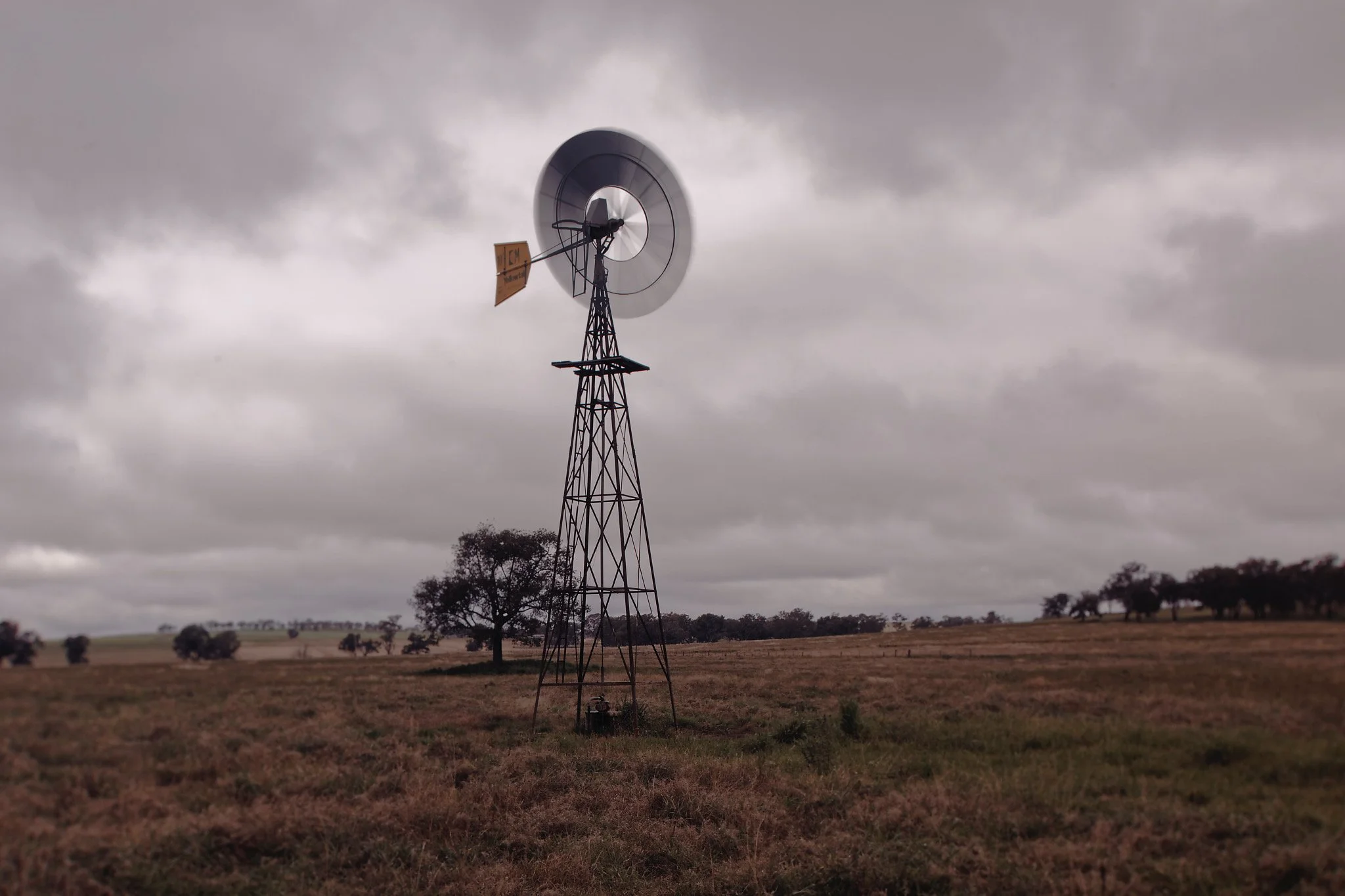It’s Not All Boom and Bust
Article by Sandy Bailey
Those of us who live in the regions are no stranger to the economic ebbs and flows that happen in our local areas which are all too often linked to the weather. As agriculture continues to be such a core economic driver in many regions, strong property prices continue to maintain some buoyancy in local economies when things get tough.
The rural market across the Eastern seaboard has seen unprecedented growth in the last three years. The breaking of the drought collided with record low interest rates, and strong stock and commodities prices. This led to huge influx of activity across the property market with astronomical growth in property valuations. We even saw some instances of properties increasing twenty per cent year-on-year during those few years.
But as with everything agricultural, tougher times are inevitable and the memories of drier days are never far from people’s minds.
Now the tides are shifting. With the World Meteorological Organisation declaring the onset of the first El Nino weather cycle in seven years we’ll see hotter, drier conditions across the regions in the coming years. The impacts of El Nino, increasing interest rates and inflationary pressures combined with a downturn in the commodities and livestock markets seemingly make for a dire outlook for the years to come. Interestingly, this shift hasn’t yet, and is predicted not to translate to a drop in the property market.
In the North West of New South Wales around the Moree region the market is still very competitive. Underpinned by strong local farming families and corporate operations making the most of the recent high yielding years to expand their operations. With fewer listings coming onto the market, almost all listings are seeing strong results for sellers. The team at Moree Real Estate have seen some particularly impressive sales recently, with a dryland farming operation in the Merah North area [west of Wee Waa] selling at auction in September with well over reserve pricing of $12,000 a hectare. $2200 a hectare over the previous record held in the area. As well as another record breaking sale in October in the Boomi area with farming land selling for $9000 a hectare.
Listings are currently sparse, but as some quality listings in the Croppa Creek and Rowena area are set to hit the market very soon, the short term outlook for property prices in the area are likely to remain strong. With predictions that corporate farms will become more active buyers in the coming months and years, some regional communities have complicated feelings about the impact of corporate farming in their area. But there is no denying the economic benefits, as corporate farming operations continue to offer jobs for locals, support local business and suppliers as well as contribute to keeping the trend of regional migration humming throughout the drier period.
It’s certainly positive that while conditions are drying up, we’re still seeing some excellent results being recorded across the board. Suggesting that the future of the property market is to remain strong – with forecasts set for another upturn when weather conditions improve. It’s not always easy to stay optimistic when market conditions are far from optimal but historically, prices have never seen a significant backward step and the landscape is primed for another period of growth in the not so distant future.
This article was created in partnership with Moree Real Estate.
